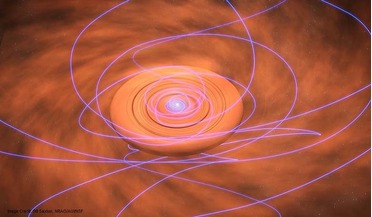 22 December 2015
Magnetic fields around protostar gives a new twist on star formation
22 December 2015
Magnetic fields around protostar gives a new twist on star formation
... area, thus providing clues as to how disks channel raw material onto the growing star. Using the National Science Foundation's Karl G. Jansky Very Large Array (VLA) radio telescope to produce images with unprecedented detail, a team of researchers...
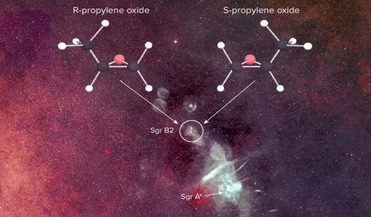 15 June 2016
Scientists discover a chiral molecule outside of our solar system for the first time
15 June 2016
Scientists discover a chiral molecule outside of our solar system for the first time
... found in an enormous star-forming cloud known as Sagittarius B2 (Sgr B2) by researchers primarily using the National Science Foundation's Green Bank Telescope (GBT) in West Virginia as part of the Prebiotic Interstellar Molecular Survey, this puzzle...
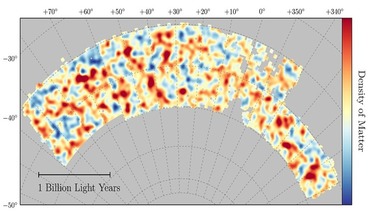 04 August 2017
Most accurate measurement of Universe's dark matter revealed by DES survey
04 August 2017
Most accurate measurement of Universe's dark matter revealed by DES survey
... Energy Survey (DES). DES is a large international science collaboration of more than 400 scientists from 26 institutions ... only the first year of their survey," said National Science Foundation Program Director Nigel Sharp. "Now that their analysis...
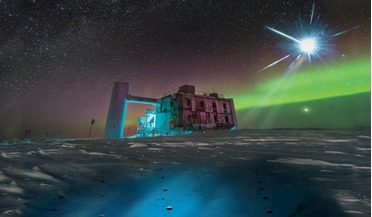 13 July 2018
Neutrino discovery helps resolve a century-old riddle
13 July 2018
Neutrino discovery helps resolve a century-old riddle
... whole of the sky, not just snippets here and there. "The era of multimessenger astrophysics is here," says National Science Foundation Director France Córdova. "Each messenger gives us a more complete understanding of the universe, and important new...
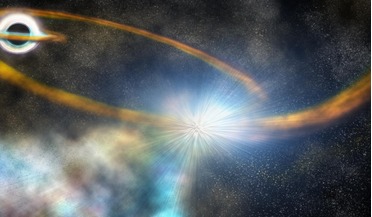 27 September 2019
TESS sees its first rare star-shredding event
27 September 2019
TESS sees its first rare star-shredding event
... to the black hole, much closer than we've been able to see before," said Patrick Vallely, a co-author and National Science Foundation Graduate Research Fellow at OSU. "They also show us that ASASSN-19bt's rise in brightness was very smooth...
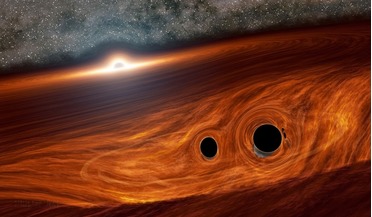 29 June 2020
Black hole collision may have exploded with light
29 June 2020
Black hole collision may have exploded with light
...black holes. The merger was identified on 21 May 2019 by two gravitational wave detectors - the US National Science Foundation's Laser Interferometer Gravitational-wave Observatory (LIGO) and the European Virgo detector - in an event called GW190521g...